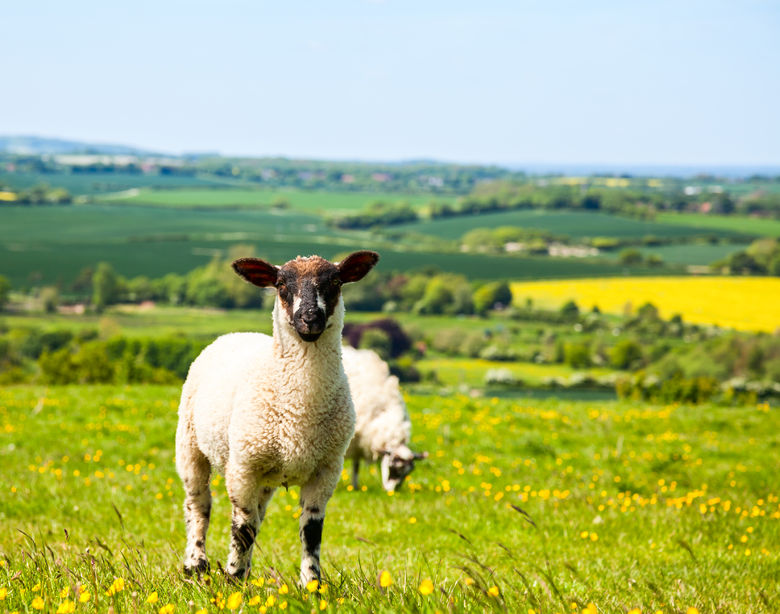
Severe and high blowfly risk warnings are in place for the rest of July following a hot month coupled with the onset of rain.
The onset of rain over the second half of July and into August is now likely to elevate the risk of strike rapidly, particularly if this rain is heavy and persistent, according Richard Wall, Professor of Zoology at the University of Bristol.
If however, the rain is intermittent and dry weather returns, this will help to keep the strike risk relatively moderate in most regions.
Blowfly strike is a serious disease thought to affect over 80% of farms in the UK.
In the UK, strike is caused primarily by the green bottle fly, Lucilia, which seeks decomposing matter to lay her eggs. Carcasses, dirty backends, foot rot lesions and open wounds are all good candidates for egg laying sites.
The start of the blowfly season is variable year on year and can vary considerably across different areas on the same farm.
Blowflies are dependent on soil temperatures rising above 90C. In 2017, the first reported case received was in mid-April in Hampshire compared with early May in 2016.
As a result, farmers are urged to act early and use a preventative as soon as the weather starts to warm up.
Recommendations
• Application of a preventative product in advance of the main risk period for flies
• Discuss with your vet or SQP the most appropriate product, based on labour resources, age of your lambs during the risk period, withdrawal periods and anticipated slaughter dates
• Reduce dirty backends - Dagging, crutching and timely shearing are all important.
• Tail docking lambs is a debated but accepted procedure to reduce strike in lowland flocks.
• Control worm burdens. Discuss with your vet an appropriate faecal egg counting and parasite control plan.
• Treat lame sheep promptly. Flies are attracted to wounds caused by footrot
• Manage the fly population: Reducing the fly population early in the year has the greatest impact on the fly challenge during the grazing season
• Inexpensive fly traps have been shown to reduce strike incidence by 80% in a season
• Prompt disposal of deadstock
• In high risk periods, consider grazing more exposed pastures which are less favourable to the flies.
